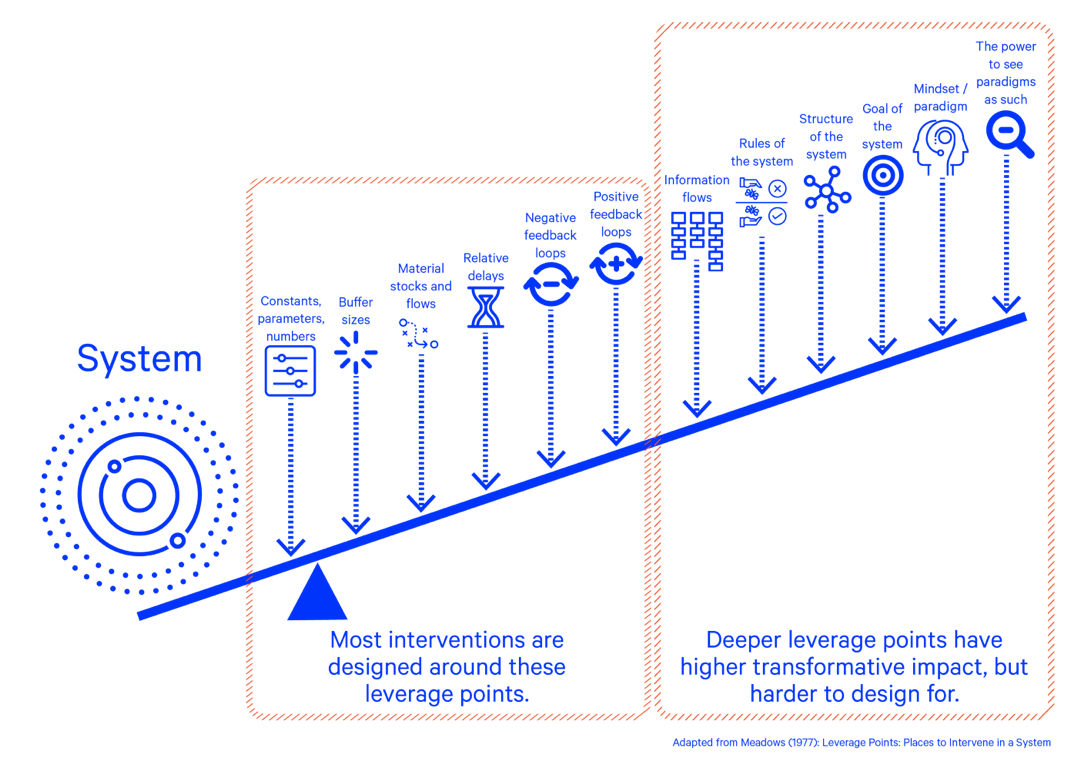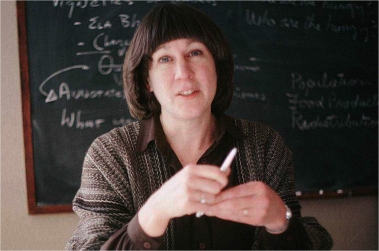
Systems Thinking
“When systems are considered in energy terms, some of the bewildering complexity of our world disappears; situations of many types and sizes turn out to be special cases of relatively few basic types.” - Howard Odum
Systems thinking is the application of a set of analytical tools employed together to identify and understand systems, predict their behaviors, and diverse modifications to produce desired effects.
What is a system? - The following information has been largely drawn from Meadows (2008).
A set of interrelated elements that is coherently organized to serve a particular function, seek a particular goal, or achieve something.
The whole adds up to more than the sum of the parts.
Systems is the science of complexity.
Holism vs. Reductionism
Holism is about putting the parts together and looking at how the whole interacts. While reductionism is about learning something by taking it apart and focusing on the parts of the system.
How to determine what is a system?
Stocks and Flows
Stocks – make up the foundation of any system.
Physical Stocks - Elements of the system that at any given time you can see, feel, count, and measure. However, a stock does not have to be physical.
A System Stock – a store, a quantity of material or information that has built up over time. E.g. population, inventory, wood in a tree, the water in a well, money in a bank.
A stock is the physical memory of the history of the changing flows within a system.
Flows - the inputs or outputs that change stocks over time. E.g. filling, draining, births, deaths, production, consumption, growth, decay, spending, saving.
Stocks are accumulations of flows.
Feedback Loops
Feedbacks represent the interconnections/information of a system. There are positive and negative feedbacks in any system.
A system causes its own behavior.
Information delivered by feedbacks can only affect future behavior (delays).
Positive (or reinforcing, amplifying, self-multiplying) Feedback Loops are a vicious or virtuous circle that can cause healthy growth or runaway destruction (exponential).
Negative (or balancing, regulating, stabilizing) Feedback Loops are equilibrating, goal-seeking or stability-seeking structures in systems and both sources of stability and sources of resistance to change.
Delays and resource constraints can weaken negative feedbacks.
System Dynamics
System dynamic models explore feasible futures and ask “what if” questions.
Model utility depends not on whether its driving scenarios are realistic, but on whether it responds with a realistic pattern of behavior.
Systems with similar feedback structures produce similar dynamic behaviors.
Dynamic equilibrium is achieved when the inflows equal the outflows in a system.
Meadows’s Leverage Points
Donella Meadows on Systems Thinking and Sustainable Systems

